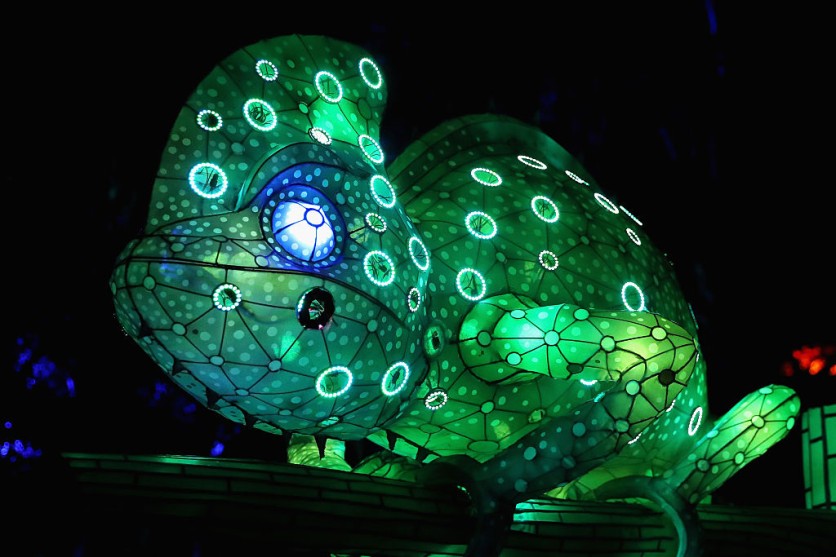3D printing technology has come a long way throughout the years, and its vast potential in the field of robotics was even more materialized when it was recently used to develop chameleon-like robots.
Researchers from the Southern University have created flexible, elastic light-emitting devices that may be incorporated with soft robots using a 3D printing technique.
This technique was applied in a soft robot that can adjust its colors to blend in with its surroundings and might help create wearable electronics, next-generation smart displays, and artificial camouflage.

Flexible Electronics
As reported first by Interesting Engineering, flexible electronics production frequently requires several complex scientific procedures and costly instruments.
Hence, a simple and adaptable fabrication technique is required to meet the demand for flexible electroluminescence devices in optical and technical applications.
Researchers Ji Liu and others presented an approach for creating flexible electroluminescence devices using multi-material 3D printing. They developed 3D-printable ion conducting, electroluminescent, and insulating inks that could be used to make electroluminescent devices that are flexible and simple to make.
Ji Liu and his team created a soft robot that can instantly change colors, like a chameleon, and incorporated a flexible wristband that produces blue light.
It is worth noting that when a chameleon remains still, it is green, allowing it to blend in with its lush environment. However, when stimulated in the company of a female or another male, male chameleons will change their hue.
According to the researchers, even when subjected to various types of mechanical deformation, including stretching, twisting, and bending, the devices will still exhibit stable electroluminescence.
A chameleon's color changes as it is stimulated, becoming more yellow, red, and orange. This makes the chameleon more noticeable rather than allowing it to blend in with its surroundings.
Colored pigments are found in many skin cells of chameleons. Some have the black pigment melanin, whereas others have yellow, red, or both.
By integrating 3D printed electroluminescent devices with a soft quadrupedal robot and sensing units, the researchers produced an artificial camouflage that easily adapts to its surroundings.
The research team claims this invention paves the way for the next generation of camouflages.
Read also : Scientists Are 3D Printing Insects and Mixing Them With Vegetables To Help Solve Food Crisis
Robotic Chameleon
A similar invention was also made by a group of Korean researchers last year when they created a robotic chameleon that features googly eyes, a waddle-like motion, and of course, a skin that can change its color.
The synthetic electronic skin of the robot can also immediately and automatically change its hues to fit the tones of its background.
The researchers created a "skin" for the robot using a thin glaze of liquid crystal ink, which can assume any color depending on the alignment of its molecules.
They can reflect a particular color of light when these particles group together to form larger helix formations. The color shown depends on the size of the structures.
Temperature-dependent orientation and color changes occur in liquid crystals. Hence, the researchers layered pre-patterned heater strips beneath the artificial lizard's skin. The robot's underside is home to up to 10 color sensors used to monitor the colors.
Related Article : Scientists Made Crispier Chocolates through 3D Printers
This article is owned by Tech Times
Written by Joaquin Victor Tacla
ⓒ 2025 TECHTIMES.com All rights reserved. Do not reproduce without permission.




